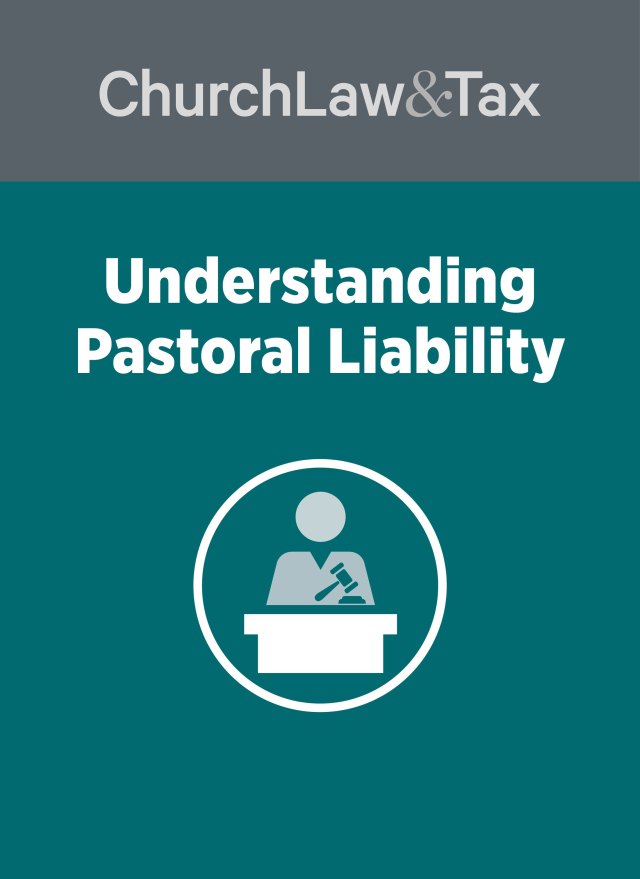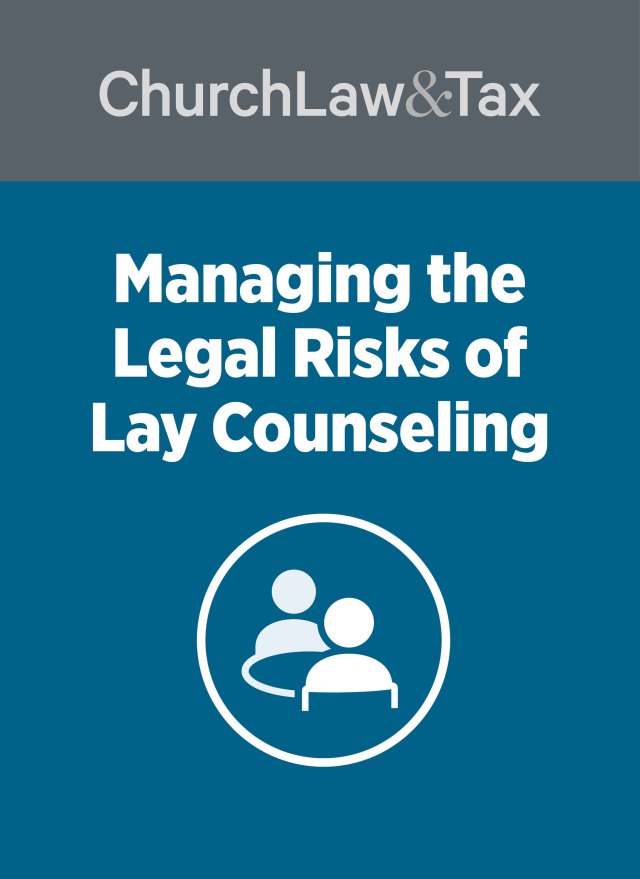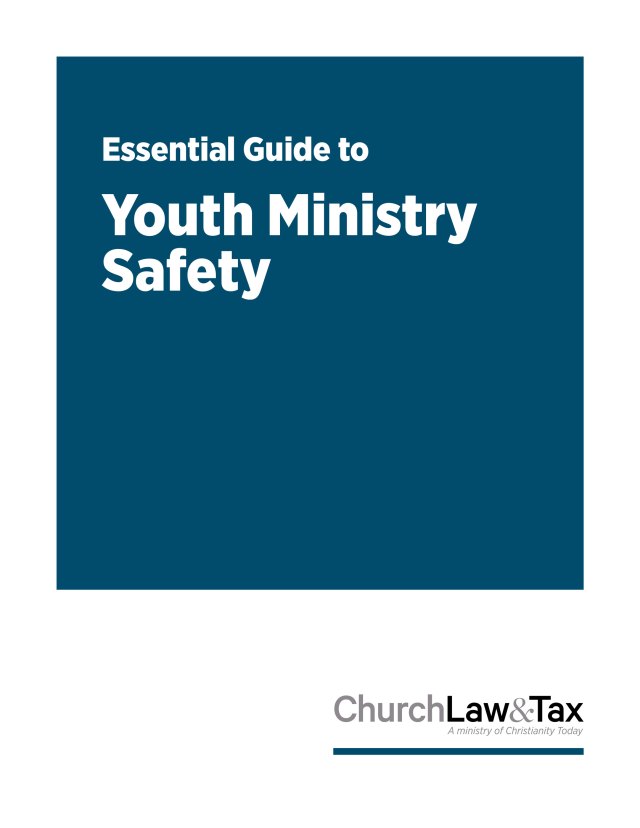• Key point.Negligence as a Basis for Liability Churches can be legally responsible on the basis of the respondeat superior doctrine for the actions of their employees only if those actions are committed within the course of employment and further the mission and functions of the church. Intentional and self-serving acts of church employees often will not satisfy this standard.
• Key point.Seduction of Counselees and Church Members Churches face a number of legal risks when they offer counseling services by ministers or laypersons. These include negligent selection, retention, or supervision of a counselor who engages in sexual misconduct or negligent counseling. A church also may be vicariously liable for a counselor’s failure to report child abuse, breach of confidentiality, and breach of a fiduciary relationship.
The Kentucky Supreme Court ruled that a diocese was not liable for a priest’s sexual misconduct on the basis of the legal doctrine of respondeat superior. In 1995, a couple was experiencing marital difficulties and sought and received marriage counseling from their parish priest. A few months later, the husband returned home and found his wife and the priest engaged in sexual relations. Following this discovery, the wife and priest left the state together. The husband suffered a nervous breakdown as a result of these events, and later sued the priest and his diocese. He claimed that the priest’s actions had a devastating effect on him, including the loss of his job, his home, his wife, and his religious faith. The diocese asked the court to dismiss the case on the ground that the priest’s sexual relationship with the wife were neither “a reasonably contemplated act” nor “calculated to advance the cause of” the diocese.
Liability of the diocese based on negligent hiring or supervision
The court dismissed the husband’s claim that the diocese was liable for the priest’s actions on the basis of negligence. It noted that there was “no evidence in the record that [the priest] had any history of sexual misconduct involving parishioners, or that the diocese had any knowledge that [he] might engage in such misconduct.”
Liability of the diocese based on respondeat superior
The court also dismissed the husband’s claim that the diocese was responsible for the priest’s actions on the basis of respondeat superior (a legal doctrine imposing liability on employers for the wrongs of employees that are committed within the scope of their employment). The court observed, “To accept such a theory would in effect require the diocese to become an absolute insurer for the behavior of anyone who was in the priesthood and would result in strict liability on the part of the diocese for any actionable wrong involving a parishioner. We must conclude that such an argument is absurd. Certainly, the scope of employment of a priest could include marriage counseling, but it clearly does not include adultery.”
Application. The importance of this case is the court’s observation that finding a denominational agency liable for the misconduct of clergy outside the scope of their employment would make them “absolute insurer” for the behavior of clergy and would result in “strict liability” on the part of the denomination for any wrong involving a parishioner. Such a position, the court rightly noted, is “absurd.” Osborne v. Payne, 31 S.W.3d 911 (Ky. 2000).
© Copyright 2001 by Church Law & Tax Report. All rights reserved. This publication is designed to provide accurate and authoritative information in regard to the subject matter covered. It is provided with the understanding that the publisher is not engaged in rendering legal, accounting, or other professional service. If legal advice or other expert assistance is required, the services of a competent professional person should be sought. Church Law & Tax Report, PO Box 1098, Matthews, NC 28106. Reference Code: m67 m40 c0601




